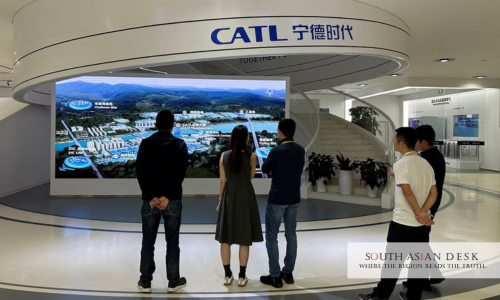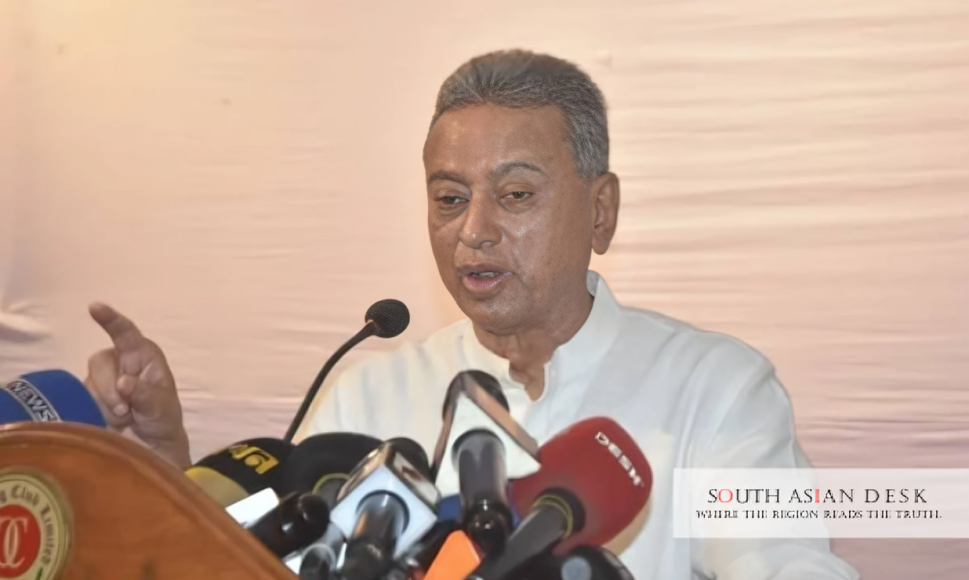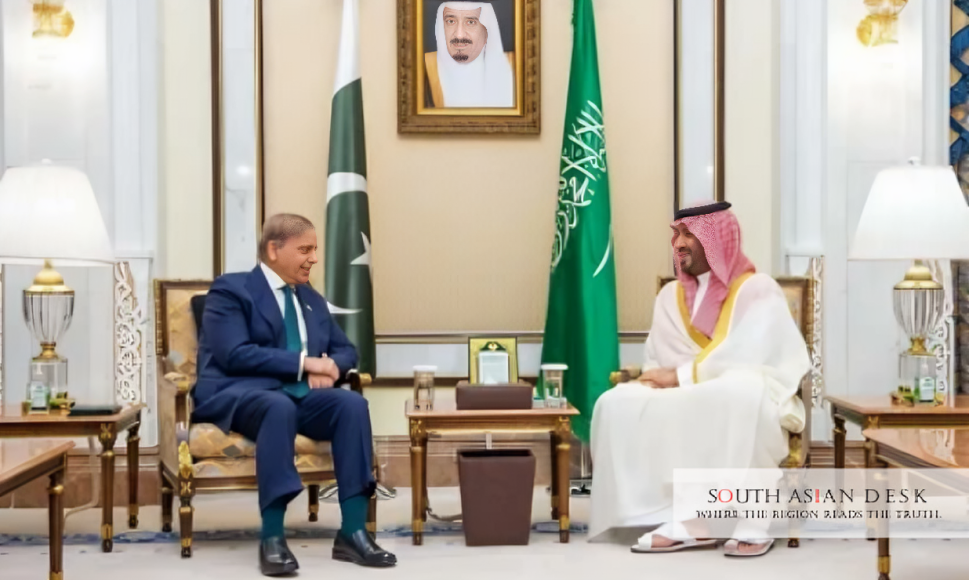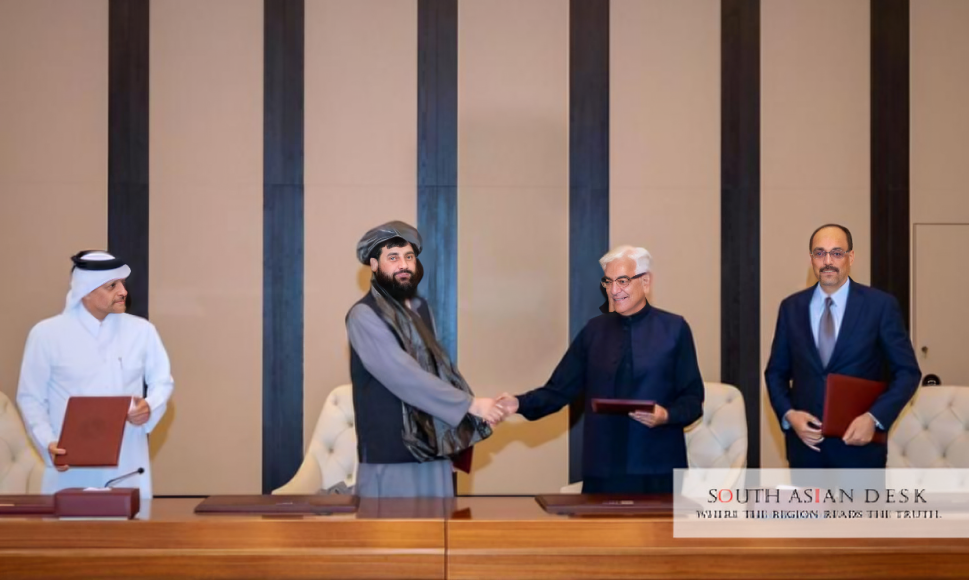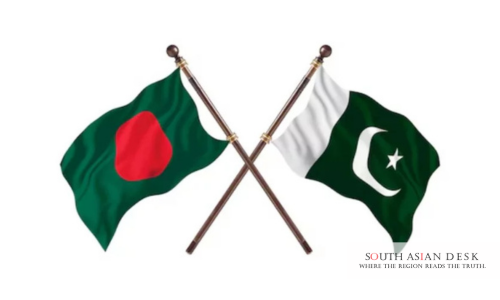Reliance Industries dispatched a team to China this week to expedite shipments of battery gear orders out of China. The move comes ahead of Beijing’s export curbs on battery supply chain equipment, effective November 8, 2025. Sources close to the matter revealed the urgency stems from Reliance’s ambitious solar storage plans in India. Mukesh Ambani, the company’s chairman, oversees efforts to diversify battery supply chains amid global tensions.
This development underscores vulnerabilities in South Asia’s renewable transition. India, home to Reliance, aims for 500 GW of non-fossil capacity by 2030. Disruptions in Chinese imports could inflate costs and delay projects, affecting energy security across the region. Pakistan and Bangladesh, reliant on similar imports, face parallel risks as they scale solar initiatives.
Reliance Accelerates Shipments Amid Reliance Battery Components China Export Curbs
Reliance Industries faces a tight deadline with China’s new regulations. Beijing requires firms to obtain export licences for battery production equipment starting November 8, 2025. The policy targets key technologies where China holds a lead.
Two sources briefed on the discussions told Reuters that Reliance races battery gear orders out of China to avoid delays. One source noted a Reliance team arrived in China to oversee final stages. “It is a very tense situation,” the source said.
At least 12 other foreign buyers act similarly. Some skip quality checks or painting to rush deliveries. “Who cares if it hasn’t been painted yet or the screws haven’t been checked,” a second source remarked. “They are saying we’ll do the testing once it lands, just get it out the door.”
Reliance battery components China export curbs threaten its domestic assembly lines. Without the gear, the firm cannot produce batteries for energy storage. This links directly to a mega solar project backed by India’s government.
China’s Ministry of Commerce and Reliance declined comment. The curbs build on earlier restrictions. In April 2025, Beijing curbed rare earth exports, sparking global shortages that halted car production lines.
Mukesh Ambani Drives Battery Supply Diversification 2025 Strategy
Mukesh Ambani positions Reliance as a green energy pioneer. The firm invests USD 10 billion in clean initiatives, targeting net-zero emissions by 2035. Battery production forms a core pillar.
In July 2025, analysts highlighted optimism around the expansion. Nomura called it a potential growth driver with world-leading scale in solar and battery manufacturing. Emkay Global valued the segment at INR 1.5 trillion (USD 17 billion).
Reliance builds giga-factories in Jamnagar, Gujarat. The Dhirubhai Ambani Green Energy Giga Complex spans 44 million square feet, four times Tesla’s Nevada site. It includes facilities for solar modules, batteries, electrolysers and fuel cells.
Anant Ambani, executive director, updated progress at the August 2025 AGM. Solar PV manufacturing hit 200 MW of heterojunction technology modules. These yield 10% more energy and degrade 25% slower than rivals. Capacity scales to 10 GWp annually soon, then 20 GWp, the largest integrated solar site globally. Battery packs enter production by 2025, per company reports. Reliance partners with leaders for technology transfer. The ecosystem spans “sand to electrons to green molecules,” Anant Ambani stated.
Mukesh Ambani forecast the new energy unit matches oil-to-chemicals profitability in five to seven years. This diversification counters import risks, including Reliance battery components export curbs.
Gigafactory Milestones and Investments
Construction advances rapidly. The site uses 3.4 million cubic metres of concrete and 700,000 tonnes of steel equivalent to 100 Eiffel Towers. Over 50,000 workers peak on site, aided by automation.
Reliance deploys AI-driven factories for efficiency. Products support round-the-clock renewable power and green chemicals like ammonia and e-methanol. The firm eyes self-sufficiency in new energy. India’s government mandates 10% battery storage for new solar plants since July 2025. This aligns with Reliance’s plans, boosting demand for local packs.
China’s Grip on Global Battery Supply Chain
China dominates the sector. Six of the top 10 battery makers hail from there, per SNE Research. Contemporary Amperex Technology (CATL) leads. CATL assured smooth exports. “The export of equipment and materials needed for our plants in Europe is progressing as planned,” the firm stated.
Official data shows strength. Chinese customs reported USD 48 billion in battery exports for January to August 2025, a 26% rise from 2024. This underscores Beijing’s edge and the stakes in Reliance races battery gear orders out of China. Export controls protect this lead. They echo rare earth measures that disrupted auto firms worldwide in mid-2025.
Impacts on South Asia’s Renewable Goals
South Asia accelerates clean energy. India’s solar capacity hit 100 GW in July 2025, up 4,000 MW year-on-year, per government data. Battery storage lags, however. Reliance’s Jamnagar project champions this shift. It cuts fossil fuel dependence, vital for nations like India facing climate pressures. Delays from China could add costs, straining budgets.
Neighbours watch closely. Pakistan targets 30% renewables by 2030; Bangladesh eyes 40%. Both import Chinese components, exposing them to similar curbs. Diversification emerges as key. Mukesh Ambani battery supply diversification 2025 efforts set a model. Local production reduces risks and creates jobs over 50,000 at Jamnagar alone.
Background
China’s battery prowess grew from state support. Exports surged as electric vehicles boomed globally. Yet, trade frictions rise. U.S. tariffs and EU probes target Chinese dominance. India pushes “Make in India” for batteries. Incentives draw firms like Reliance. A March 2025 extension allowed more time for EV battery plants.
What’s Next
Reliance eyes alternative suppliers in Europe and the U.S. Licences under new rules may flow quickly, sources say within months. Still, short-term hurdles persist.
Mukesh Ambani battery supply diversification 2025 gains pace. Giga-factories operationalise by mid-2026, per timelines. This fortifies India’s grid against intermittency. As November nears, Reliance races battery gear orders out of China. Success hinges on swift shipments and robust local ramps. South Asia’s energy future balances on this pivot.
Published in SouthAsianDesk, October 27th, 2025
Follow SouthAsianDesk on X, Instagram, and Facebook for insights on business and current affairs from across South Asia.


